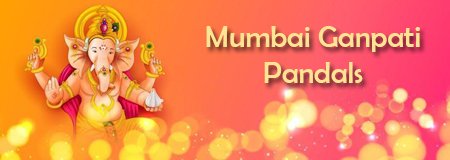Kadri Shree Manjunatha Temple Mangalore,Karnataka
Kadri Manjunatha Temple is a historic temple in Mangalore in the state of Karnataka, India. The incharge and priests in the temple are Shivalli Madhva Brahmins.
History
The temple of Manjunatheshwara on the hills of Kadri is said to be built
during the 10th or 11th century. It was converted to a complete stone structure during the 14th century.
The bronze (panchlauha) idol of Lokeshwar (identified as Brahma), about 5 feet high, of the temple is called as oldest of the South Indian temples. It has an inscription dated 968 A.D. (or 1068 A.D.), engraved on the pedestal. The inscription states that King Kundavarma of the Alupa Dynasty installed the Lokeshwara idol in Kadarika Vihara.It mentions Mangalore as “Mangalapura”. The image has three faces and six arms, and holds and hold flowers in two of the arms. The crown depicts a Dhyani Buddha. The image has an ornate prabhavali, and two attendants. It is very well preserved with enameled eyes. There exist two other undated bronze images of similar craftsmanship, one of them is identifiable as an Avalokiteshwar (called Narayana) and other as Buddha (called Vedavyasa). Another stone inscription in Tulu, Kannada and Malayalam scripts of 12-13th century A.D., in temple’s kitchen, states that the ruler and the local landlords contributed land for the temple. A 1730 AD text Kadli Manjunath Mahatmyam gives an account of the association with Natha Mantha.
It is believed that Parashurama who was living in Sahyadri, killed the Kshathriyas who were cruel and donated the lands to Kashyapa. He prayed to Lord Shiva for a place to live. Lord Shiva assured Parashurama that if he performed a penance at Kadali Kshethra, Lord Shiva would reincarnate as Manjunatha for the betterment of the world. As per Shiva’s orders Parashurama threw his axe into the sea and created a place for his penance. Yielding to Parashurama’s prayers Lord Shiva appeared to him as Manjunatha with Goddess Parvathi and stayed at Kadri for the betterment of the world. As per the orders of Manjunatha the Sapthakoti Manthras become the seven Theerthas
This temple has Hindu and Buddhist histories. Buddhism was practised here till the 10th century AD.In spite of the decline of Buddhism elsewhere, devotion to the Buddhist figures of Manjusri and Avalokiteśvara continued in this region. The Nath cult was partly oriented towards Buddhism as well as the Tantric Shiva tradition. As a result, many Buddhist temples were taken over by Hindu traditions. According to M. Govinda Pai this temple was known as Kadri Manjunatha where is Manjunatha relates to Shiva and Kadri is derived from Kadri Vihara which was Buddhist monastery of the Vajrayana cult.
King Kundavarma of the Alupa dynasty left an inscription on the base of the Avalokiteśvara image stating he was devotee of Shiva. This image was not of Buddha, but of Bodhisattva, who was being worshiped as integrated form of Shiva. Further M. Govinda Pai has concluded this was center of Bodhisattva Manjusri’s cult. And later on this Bodhisattavs were identified as Saivite deities. Shiv linga and Bodhisattva were worshiped together for centuries at this place until it was converted completely to a Saivite temple. Kadarika Vihara provides firm inscriptional evidence for this transformation.
In front of the temple, at a height there are a number of water ponds. There’s a garden surrounding the ponds. When one walks down from there in front of the temple is a huge lightpole. During karthika maasa, deepothsava is held here. There are statues of Machendranath, Gorakanath, Shringinath, Lokeshwara, Manjushri, and Buddha in the temple.



















